1. Introduction to Cage Free Housing System
The Cage Free Housing System represents a modern and ethical approach to poultry farming, focusing on the welfare and natural behaviors of laying hens and broilers. Unlike conventional caged systems where birds are confined in small wire cages, cage free systems provide birds with unrestricted movement inside a barn or aviary, allowing them to walk, perch, nest, and forage.
Driven by consumer demand for ethically produced eggs and poultry, as well as stricter animal welfare regulations worldwide, cage free housing systems have become an increasingly popular choice for farmers aiming to balance productivity with sustainability and animal welfare.
This system incorporates advanced housing equipment designed to maximize comfort, health, and productivity of the flock while optimizing farm management efficiency.
2. Technical Parameters of Cage Free Housing System
Cage free housing systems vary by design and scale, but the key technical parameters to consider include:
2.1 Housing Structure
Building Size: Typically ranges from 500 m² to over 10,000 m² depending on flock size
Floor Area per Bird: Recommended 750 cm² to 1,000 cm² per bird as per welfare standards
Height: Minimum 2.5 to 3 meters to allow adequate air circulation and movement
2.2 Equipment Included
Nest Boxes: Manual or automated nests, typically 1 nest per 4–5 hens
Perches and Racks: 15–20 cm perch length per bird to satisfy roosting behavior
Feeders: Linear or pan feeders to provide 12–15 cm feeding space per bird
Drinkers: Nipple or bell drinkers, with 1 nipple per 10 birds as a general guideline
Lighting: LED lighting systems with dimming and timers for optimal day length control
Ventilation: Tunnel or natural ventilation systems maintaining 15–20 air changes per hour
Manure Management: Slatted floors with manure belts or scrapers for waste removal
Environmental Controls: Temperature and humidity sensors, automated fans, and curtains
2.3 Flock Size
2.4 Biosecurity Features
3. Key Features of Cage Free Housing System
3.1 Animal Welfare Focus
Designed to allow natural behaviors including walking, dust bathing, wing flapping, perching, and nesting.
3.2 Spacious Environment
More space per bird compared to conventional cages, reducing stress and aggression.
3.3 Advanced Environmental Control
Integrated climate control systems maintain optimal temperature, humidity, and air quality.
3.4 Automated Feeding and Drinking
Efficient feed and water delivery systems ensure consistent nutrition and hydration.
3.5 Manure Removal Systems
Automated belts or scrapers maintain cleanliness and reduce ammonia levels.
3.6 Lighting Management
Programmable LED lighting promotes healthy laying cycles and reduces cannibalism.
3.7 Easy Monitoring
Centralized control panels and sensors enable real-time monitoring of environmental conditions and bird behavior.
4. Advantages of Cage Free Housing System
4.1 Improved Animal Welfare
Promotes natural behaviors and reduces health issues linked with confinement, such as osteoporosis and foot lesions.
4.2 Higher Market Value
Eggs and meat from cage free systems typically command premium prices in retail markets.
4.3 Consumer Trust and Brand Image
Aligns with increasing consumer demand for ethically produced animal products.
4.4 Better Air Quality
Improved ventilation reduces respiratory diseases and enhances bird comfort.
4.5 Enhanced Production
Although sometimes lower than conventional cages, many farms report stable or improved egg quality and bird health.
4.6 Reduced Mortality
Lower stress and better mobility contribute to reduced mortality rates.
5. Application Scenarios
5.1 Commercial Layer Farms
For egg production operations transitioning from caged systems to cage free.
5.2 Broiler Farms
Used to improve welfare and meat quality by allowing natural behaviors.
5.3 Organic and Free-Range Farms
Often combined with outdoor access for premium organic products.
5.4 Research and Educational Farms
For studying poultry behavior and welfare improvements.
5.5 Small and Medium Scale Farms
Modular systems designed for flexible flock sizes.
6. Installation and Usage Instructions
6.1 Site Preparation
Ensure site is well-drained and accessible
Prepare building foundation and utilities (electricity, water, ventilation)
6.2 Equipment Setup
Assemble nests, perches, feeders, and drinkers as per manufacturer guidelines
Install manure belts or scrapers under slatted floors
Set up lighting and ventilation control panels
6.3 Stocking Birds
Follow recommended stocking densities
Introduce birds gradually to reduce stress
Monitor flock closely during initial days
6.4 Daily Management
Check feed and water supply regularly
Monitor environmental conditions (temperature, humidity)
Inspect birds for health issues and abnormal behavior
Remove manure regularly to maintain hygiene
6.5 Routine Cleaning
7. Maintenance Guidelines
Regularly inspect and repair mechanical systems (feeders, drinkers, manure belts)
Replace damaged perches or nests promptly
Maintain ventilation filters and fans
Update control software as needed for automation systems
8. Troubleshooting Common Issues
Issue 1: Increased Aggression Among Birds
Cause: Overcrowding or poor environmental conditions
Solution: Reduce stocking density, optimize lighting and ventilation
Issue 2: Poor Egg Production
Cause: Suboptimal nutrition or stress
Solution: Adjust feed formulation, improve environmental control
Issue 3: Manure Accumulation
Cause: Manure belt malfunction or improper cleaning schedule
Solution: Repair or replace belts, adhere to cleaning protocols
Issue 4: Respiratory Problems
Cause: Poor ventilation or high ammonia levels
Solution: Improve airflow, increase fresh air exchange
9. Frequently Asked Questions (FAQ)
Q1: What distinguishes cage free from free-range systems?
Cage free means birds have indoor freedom of movement, while free-range includes outdoor access.
Q2: Can cage free systems accommodate large flocks?
Yes, systems are scalable to tens of thousands of birds.
Q3: How much space does each bird need?
Minimum 750 cm² to 1,000 cm² per bird is recommended for welfare.
Q4: Are cage free eggs more expensive?
Typically yes, due to higher production costs and consumer demand.
Q5: How do I control temperature in a cage free house?
Using automated ventilation, fans, and heating systems controlled via sensors.
Q6: How often should manure be removed?
Daily or multiple times per day with automated manure belts for hygiene.
Q7: Can cage free systems reduce disease risks?
Better air quality and lower stress can reduce some diseases but biosecurity is still essential.
Q8: What is the lifespan of cage free equipment?
Typically 10-15 years with proper maintenance.
10. Conclusion
The Cage Free Housing System represents a significant advancement in ethical poultry farming, balancing animal welfare, productivity, and market demand. By providing spacious, comfortable environments that support natural behaviors, cage free systems improve bird health and product quality.
While initial investment and management are more complex than conventional cages, the long-term benefits in terms of consumer preference, animal welfare compliance, and potential premium pricing make cage free housing a sustainable choice for modern poultry farmers.
For farms aiming to future-proof operations, enhance brand image, and meet regulatory standards, investing in cage free housing systems is a smart and responsible decision.
Company Profile
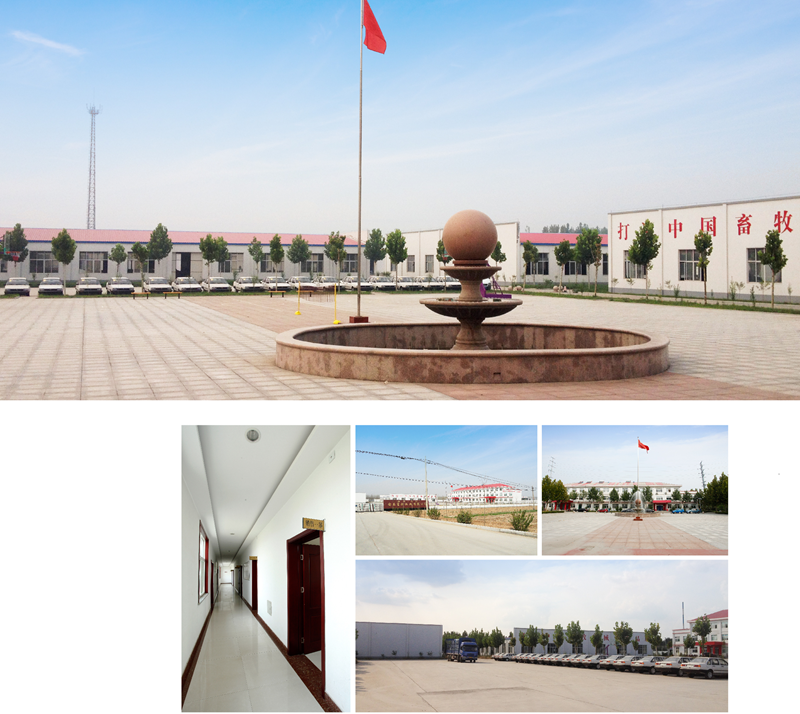
Shandong Huimin Qinle Livestock Machinery Co., Ltd. (formerly Shandong Huimin Qinle Livestock Machinery Factory) is a professional poultry equipment manufacturer with over 20 years of experience. We offer a comprehensive service package, from design (land and chicken coops), production (equipment and prefabricated steel coops), installation, commissioning, customer training, and after-sales service.
Located in Huimin County, Binzhou City, Shandong Province, China, the company has extensive experience in mechanical processing and manufacturing, as well as livestock machinery production and operation. With fixed assets of RMB 15 million, the company employs 160 people, including 30 R&D staff, and occupies a 40,000-square-meter factory. Equipped with over 110 pieces of advanced precision production equipment, including CNC machining centers and laser cutting machines, the company boasts a production capacity of RMB 50 million.
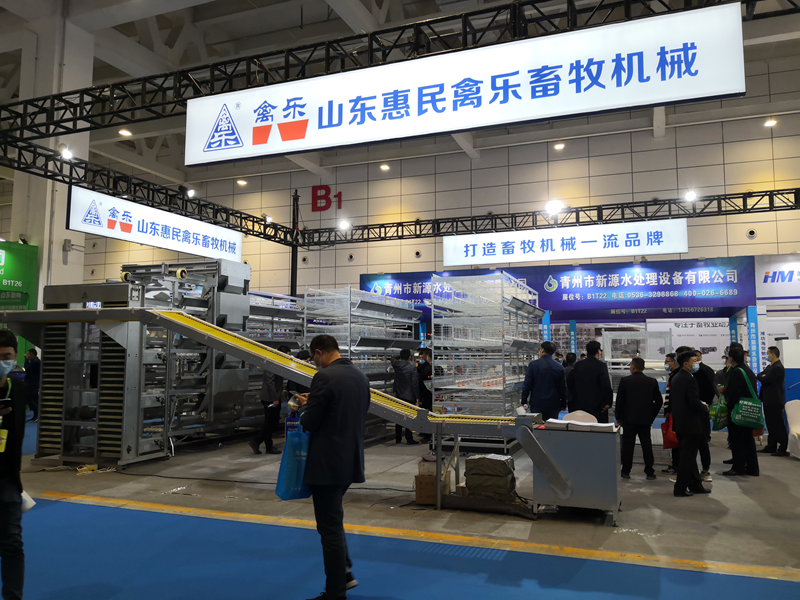


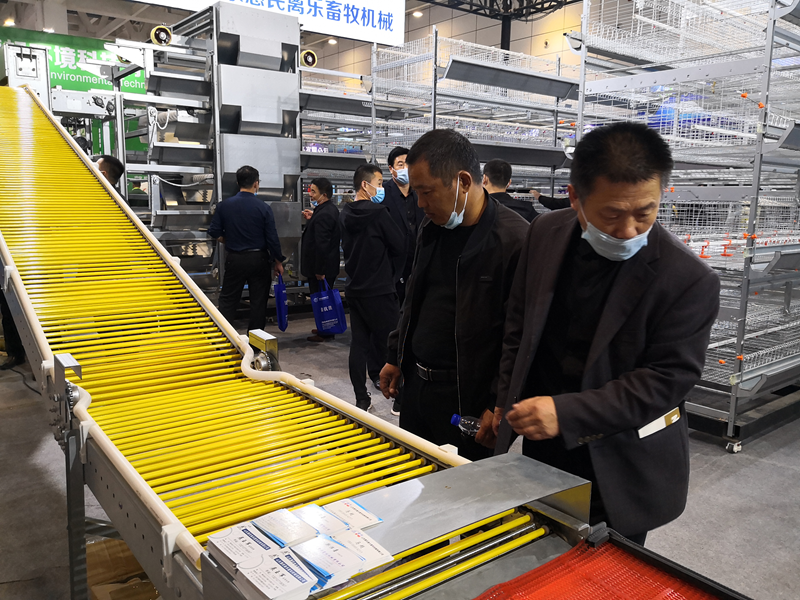
Chicken Farming Equipment Mesh Production Workshop

Machining Workshop

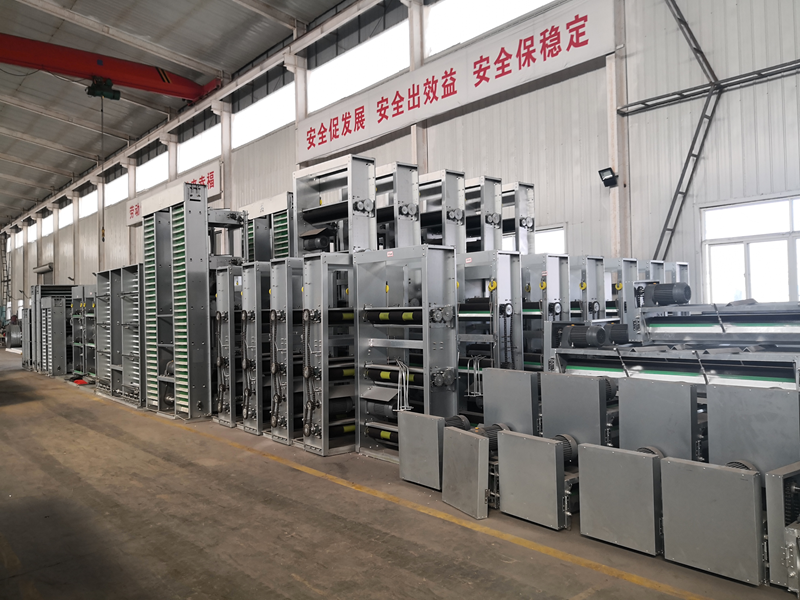
Turret-type CNC Punch Press, Laser Cutting and Other Machining Equipment



Fully Automated Roll Forming Production Line

Hot-dip Galvanizing Production Line

Electroplating Production Line

Environmental Protection Equipment

Chicken Farming Equipment Product Series
Egg-laying Hen Farming Equipment
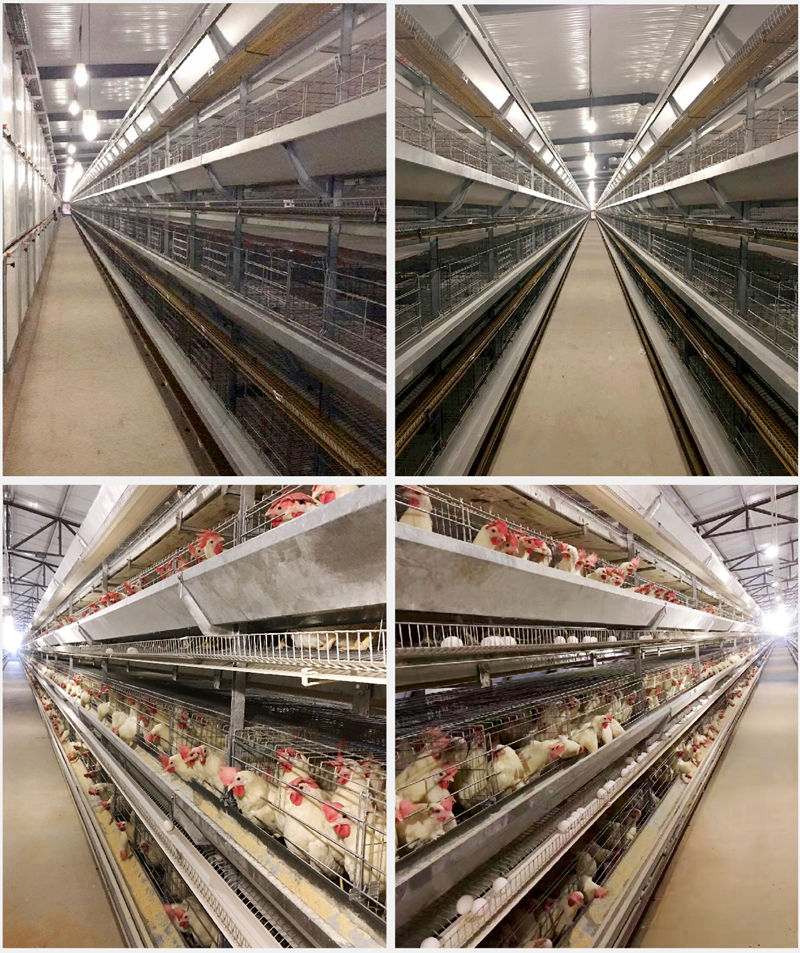
Stacked Brooding Cage Equipment

Stacked Broiler Cage Equipment
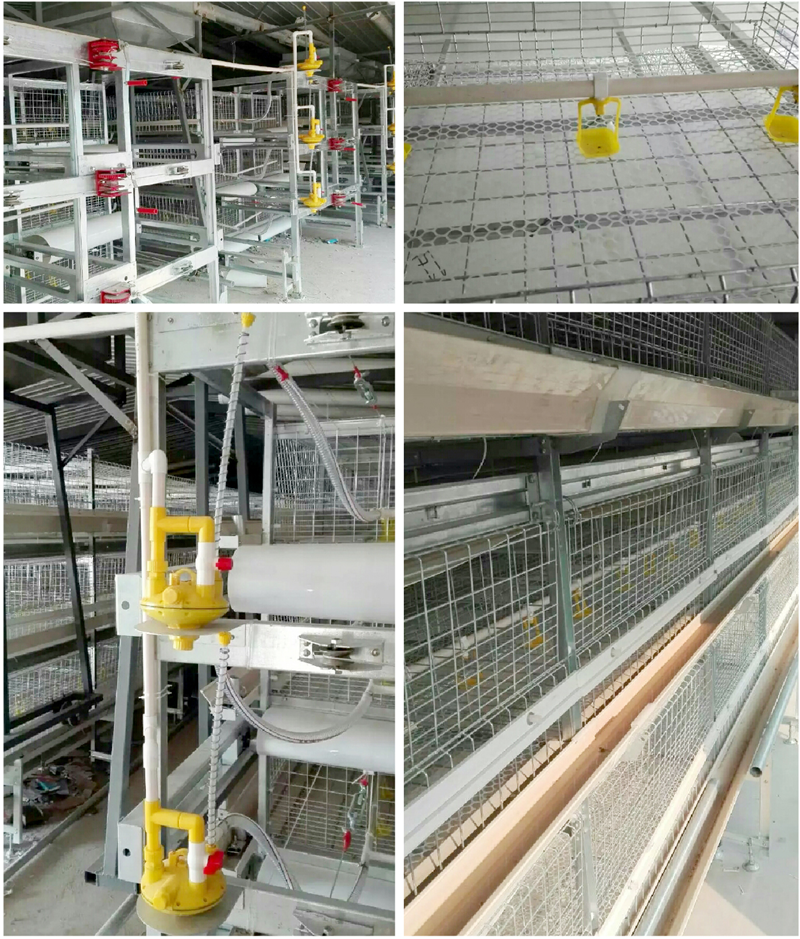
Stepped Layer Hen Cage Rearing Equipment
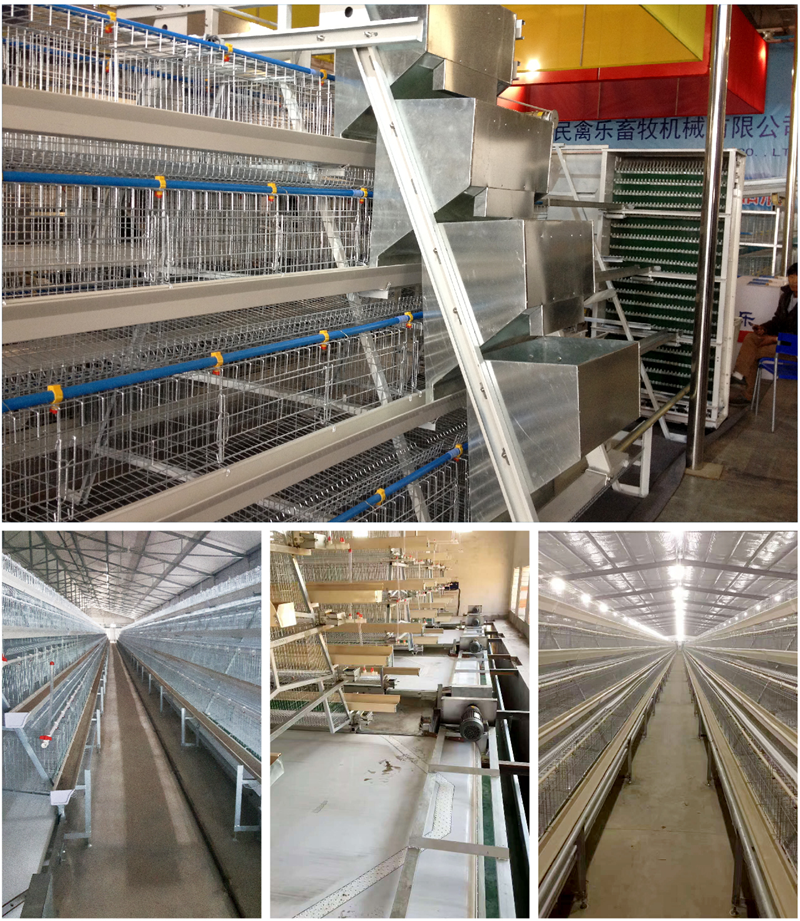
Automatic Egg Collection System

H-type Cage Feeding Machine
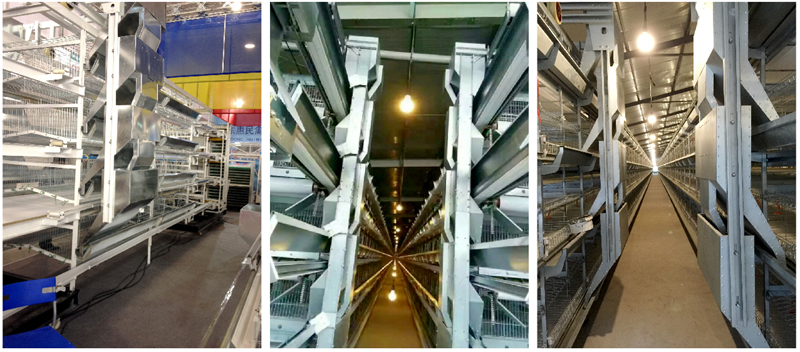
Stepped Cage Straddle Feeder
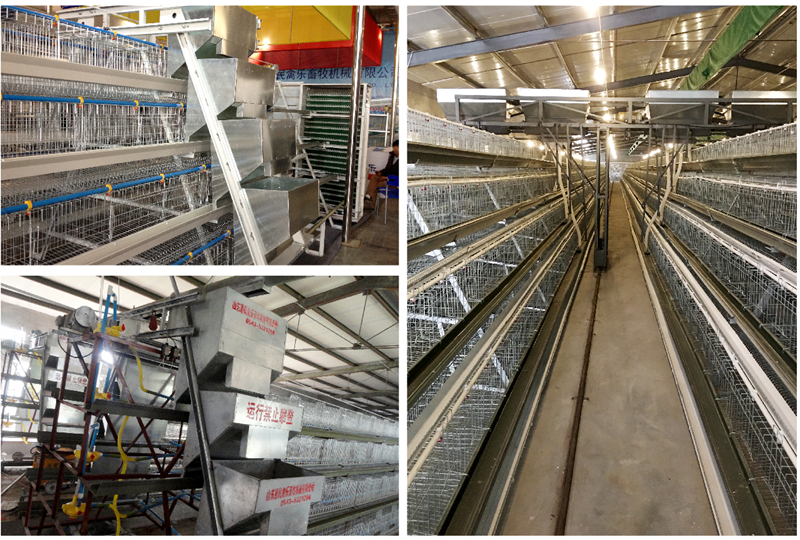
Manure Removal Machine

Fans, Heated Curtains, Environmental Control Systems, and Lighting Equipment
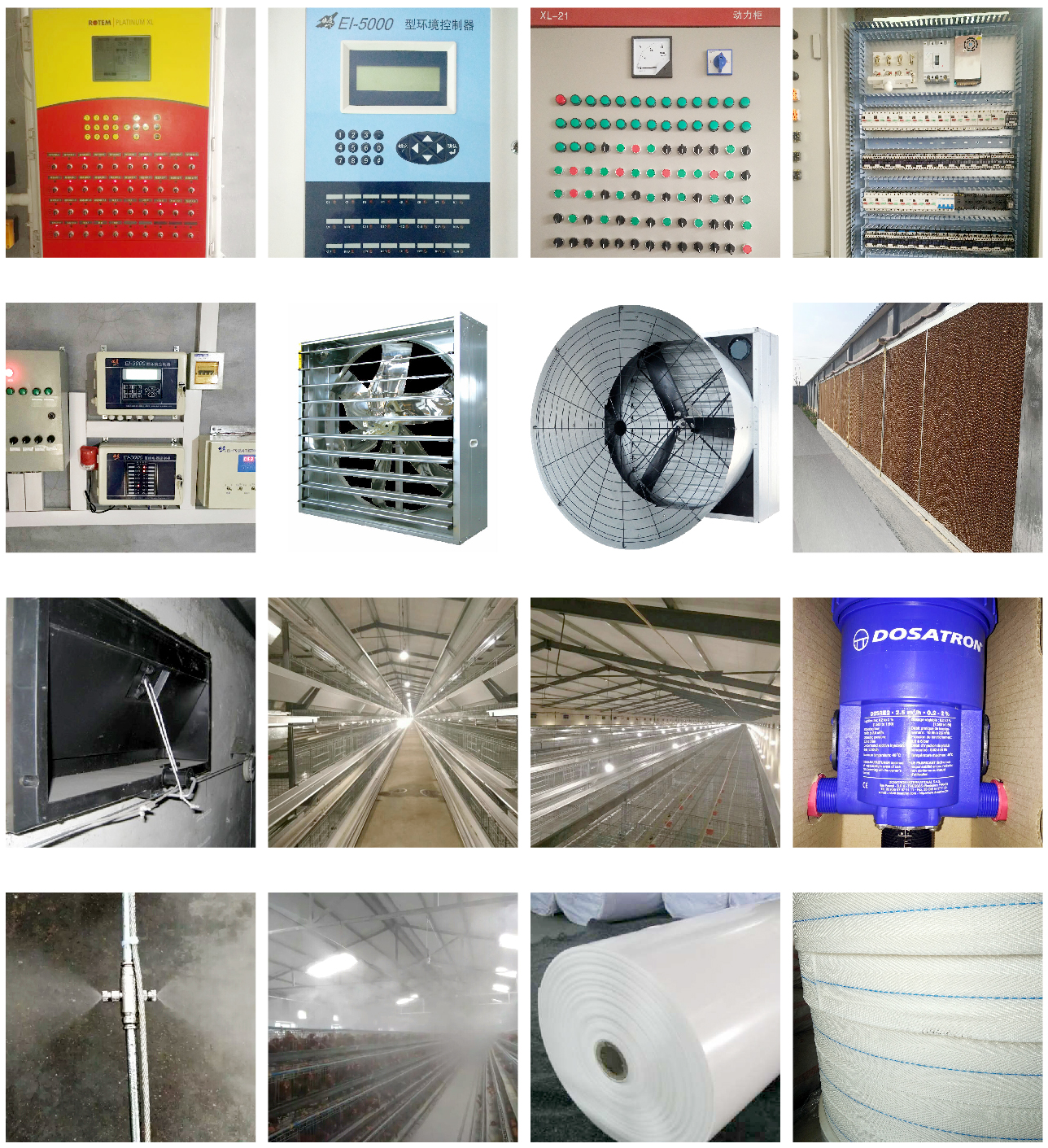
Complete Set of Equipment for Organic Fermentation Treatment of Manure


 Catalogue
Catalogue































 Whatsapp
Whatsapp Телефон
Телефон